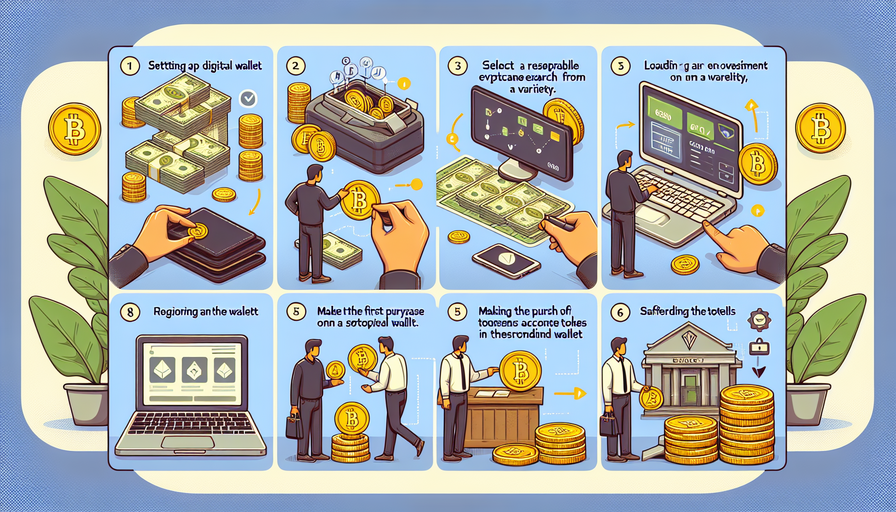Introduction:
Signing a Word document is a crucial step in many professional and personal settings. Whether you are finalizing a contract, submitting a report, or sending important information, adding your signature provides authenticity and validation to the document. In this comprehensive guide, we will walk you through the process of digitally signing a Word document efficiently and securely.
Step 1: Prepare Your Electronic Signature
Before you can sign a Word document digitally, you need to have your electronic signature ready. There are several ways to create an electronic signature:
1. Using digital pen and paper: You can sign a piece of paper using a pen or marker and scan it to create an image file of your signature.
2. Creating a digital signature using


